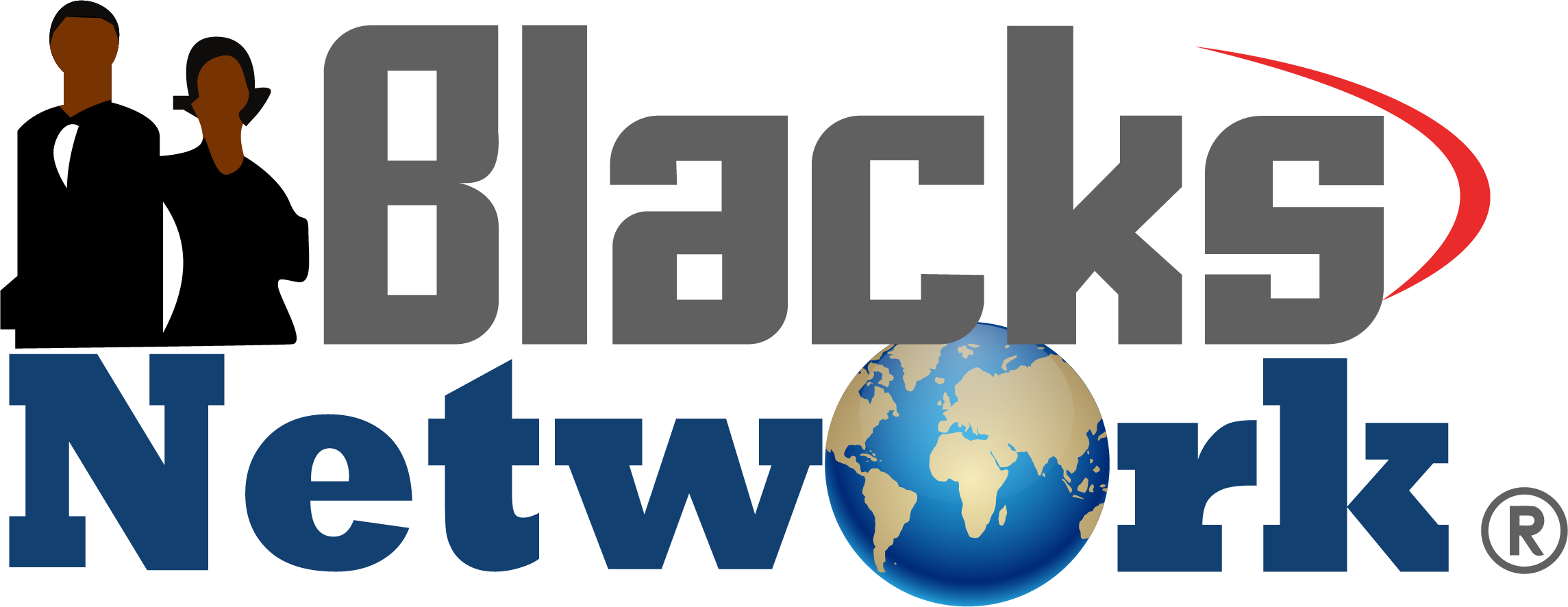A shelf is really a flat, horizontal plane used for items that are displayed or stored from a home, business, store, and also elsewhere. It is raised off the floor and often anchored with a wall, supported on it's shorter length sides by simply brackets, or otherwise anchored to cabinetry by brackets, dowels, screws, or perhaps nails. It can also be held up by columns or support beams. A shelf is generally known as a counter, ledge, mantel, or even rack. Tables designed for being placed against a wall, possibly mounted, are called console tables, and are much like individual shelves.
A shelf is usually attached to a wall or other vertical area, be suspended from some sort of ceiling, be a section of a free-standing frame model, or it can get in on a piece of furniture for instance a cabinet, bookcase, entertainment center, some headboards, and so on. Usually two to six shelves make-up a unit, each shelf being attached perpendicularly to the vertical or diagonal can handle and positioned parallel one above one other. Free-standing shelves can be accessible from both or both longer period sides. A shelf by using hidden internal brackets can be termed a floating ledge. A shelf or case meant to hold books is any bookshelf.
The length of the shelf is predicated upon the space constraints of its siting and the number of weight which it is going to be expected to hold. The vertical distance between the shelves is based upon the space limitations in the unit's siting and the height with the objects; adjustable shelving systems let the vertical distance to be altered. The unit can possibly be fixed or be some kind of mobile shelving. The most challenging shelving is pallet racking. In a very store, the front edge belonging to the shelf under the object(s) held may be used to display the particular name, product number, pricing, and other information about the object(s).
https://www.novaracking.com/Me....dium-Duty-Shelving-p
お気に入り
コメント
シェア









 1 (877) 773-1002
1 (877) 773-1002